The content of the article
There are several types of hygienic treatment of the shower. The current cleaning consists in the care of the pan and the walls of the chamber immediately after visiting it. Basic care is done as it gets dirty, about 1 time in 2 weeks. General cleaning is carried out in cases when the cab is too running and needs to be thoroughly cleaned. Routine and main treatment is not particularly difficult, while scheduled cleaning should be carried out in accordance with all safety precautions.
Effective ways to clean the shower
There are folk and purchased means to rid the cab of limescale, consider them in more detail.
After each hygienic cleaning, do not close the door, leave the cabin to ventilate. At the end of the procedure, wipe the walls and the tray dry to prevent mold and deposits.
Care must be taken before using cleaning products. Wear safety glasses, silicone or rubber gloves, and protect your airways (mini respirator, disposable mask, cotton bandage, etc.).
Acid Compounds
An important aspect of the use of acidic agents is considered to be their caustic composition, which corrodes the upper layer. As a result, you need to carefully monitor the exposure time without violating it.
Of the most effective compositions, one can distinguish “Domestos”, “Sarma”, “Triumph”, “Comets”, “Faberlik”, “Chistin”, “Stork Ultra”.
Regarding the technology of application, it is not particularly difficult: apply the required amount of composition to the pallet, walls and other places of contamination. Wait half an hour (the exact gap is indicated on the back of the bottle), rinse with cold and warm water first.
Oxalic acid
Processing the shower cabin in this way is carried out in 2 stages. The composition does not corrode the coating, but you should carefully apply it on rubber and silicone seals. A solution of oxalic acid with a concentration of 6-8% is sold in household chemical stores.
Dilute it with purified water in a ratio of 5: 1, then soak a foam sponge or cotton cloth in the composition, cover areas affected by plaque. The exposure time is 10-15 minutes, proceed from the state of plumbing.
After this period, carefully rub the acrylic tray, walls, plumbing. Moisten a soft cloth in ammonia, repeat the previous procedures, leave for 5 minutes. Wash off excess cleaning agents with contrasting water (first cold, then warm).
Hydrogen peroxide
Do not confuse a solution of hydrogen peroxide with peroxide, the concentration of the second composition is 12 times higher than the first. Connect among themselves 280 ml. purified water, 80 ml. hydrogen peroxide and 55-60 g. loose gelatin. Wait a quarter of an hour until the mass swells, then put on gloves, take a sponge and scoop up the product with it.
Distribute the mass in plentiful amounts to the places where the plaque formed, wait about 8-12 hours, depending on the degree of damage. Throughout the entire period of time do not open the cabin doors, do not use it. After time, rub the area with a foam sponge, rinse with water, wipe dry. Repeat if necessary.
"White"
Since ancient times, chlorine-containing drugs are very popular among housewives. They are able to cope not only with mold and rust, but also with limescale.To begin with, wipe the cabin dry, then put on gloves, glasses, a gauze bandage. Soak a cloth in bleach or spray with a dispenser bottle.
The exposure time ranges from 3 to 5 hours, depending on the amount of plaque. After applying the product and the exposure time, do not rush to rinse the composition. Fold the cheesecloth in several layers, rub its affected areas, evaluate the result.
Dishwasher cleaner
Purchase PMM gel in the hardware store for descaling (Finish, Fairy Platinum, etc.). Treat the places with limescale with pure ammonia, rub with a sponge, wait 30-40 minutes. Now rinse the composition with cold water, cover the contaminated area with gel to clean the machines, at the same time distribute it over the entire surface.
The mixture will begin to drain, you need to update it within 45-60 minutes. For convenience, pour the solution into a bottle with a dispenser. After treating the shower with a clean composition, mix 200 ml. gel with 60 gr. gelatin, wait for it to swell, then apply to the surface and leave for 6 hours.
Wine acid
The resulting product includes abrasive particles that adversely affect the structure of enamel. For this reason, it is highly not recommended to use the composition with frequent periodicity. Mix 80 g in one mass. tartaric acid, 110 ml. ammonia. Then add baking soda so that a paste-like mixture is obtained.
After preparation, protect the skin of the hands, eyes, respiratory tract, moisten a place with limescale, vodka or ethyl (medical) alcohol. Scoop the mass with a kitchen sponge, spread the mixture over the surface, wait a quarter of an hour, rinse. Perform the action again, but increase the exposure time to 2-3 hours.
Hydrochloric acid
If there is no possibility of buying hydrochloric acid in liquid form, purchase a powder. Dilute 70 gr. the preparation with purified water, scoop up the resulting porridge with gauze or bandage, rub the plaque-affected areas for about 5-10 minutes, then wait another half hour, rinse with warm, then hot water.
Important!
When handling the shower with this method, wear a medical dressing or respirator. Otherwise, hold your breath, do not breathe volatile vapors. Since the drug corrodes the enamel and the top layer, the method is designed for emergency cases when other technologies have not given a full result.
Carbonated drinks
On the World Wide Web you can find a sufficient number of videos on which Fanta, Sprite or Coca-Cola are eating away limescale, mold, rust. To prepare a "vigorous" mixture, mix 600 ml in one solution. imported drink, 160 gr. baking soda, 65 ml. table vinegar (6-9%), 50 gr. citric acid. Move the mixture into a plastic bottle, cork, shake several times.
Bring the container to a place with limescale, open the lid and spray the surface. Close, shake again, repeat the steps until you use the entire composition.
If after the procedures the contamination is not completely removed, prepare the solution again, adding 70 g to it. gelatin. When the mixture swells, cover the desired area with a copious layer, leave for 6-8 hours, remove the residues with hot water.
Table vinegar
You can use both vinegar solution (concentration of 9%), and essence. In the first case, combine 300 ml. product with 150 gr.washing powder, in the second case mix 100 ml. essences with 300 ml. filtered water and 120 gr. dishwashing liquids.
When the mixture is ready, wait until the crystals dissolve, moisten the sponge, treat all places where limescale has accumulated. If necessary, follow the previous steps 3-5 times until the result satisfies you.
Limescale is considered to be difficult to remove pollution. For effective cleaning of the shower, use ammonia, tartaric or hydrochloric acid, acetic essence, carbonated drinks, hydrogen peroxide or chlorine-based preparations. Observe precautions.
Video: how to wash a bath without chemicals with folk remedies



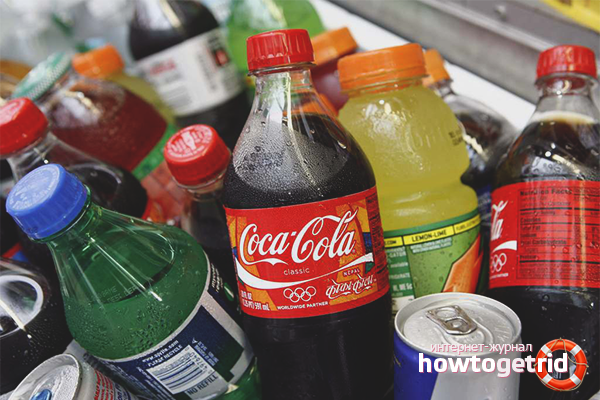
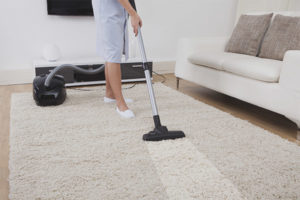

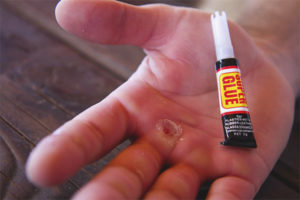

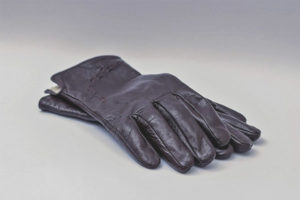


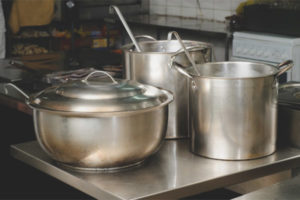
Submit